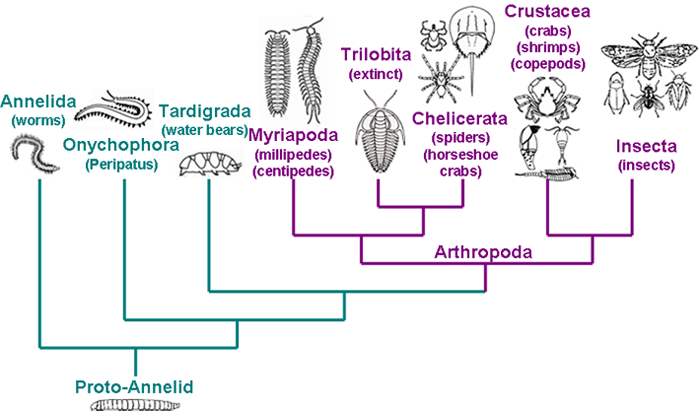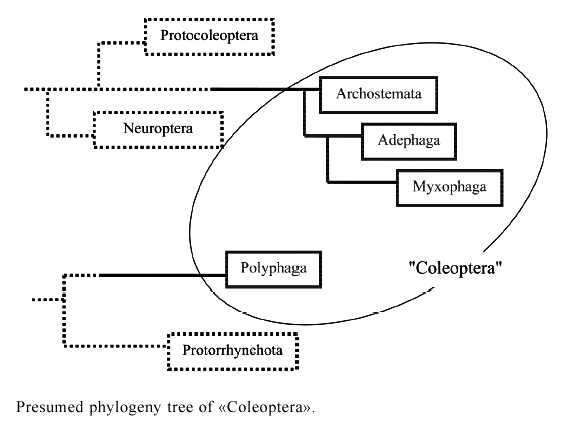Classification
Domain
Eukarya
Kingdom
Animalia
Phylum
Arthropoda
Class
Insecta
Order
Coleoptera
Family
Cerambycidae
Genus
Tetraopes
Species
Tetraopes tetrophthalmus
The classification of the Red Milkweed Beetle goes as follows
Domain: The T. Tetrophthalmus belongs to
the domain Eukarya due to the fact that the organism contains a
true nucleus along with eukaryotic cells. Eukaryotes also have
organelles inside of their cells that are bound to the membrane,
which is not found in the prokaryotic cells.
Kingdom: It belongs to the kingdom Animalia for
many reasons. All members of the kingdom are multicellular and are
heterotrophs. In order to belong to this kingdom, the organism must
have some form of body support and the cells in their bodies must be
specialized for specific functions. Those who belong to Animalia
also reproduce sexually.
Phylum: The Red Milkweed Beetle belongs to the
phylum Arthropoda due to its bilateral symmetry,
jointed appendages, and an exoskeleton made from chitin. The jointed
appendages are attached to the hard outer exoskeleton and allow the
Arthropods to have flexibility and movement. All arthropods must
shed their exoskeleton, through a process called "molting", in order
to grow. All Arthropods also have an open circulatory system, in
which they have a pump that acts like a heart that moves hemolymph
throughout the body.
Class: The T. Tetrophthalmus is a member
of the class Insecta because its body is divided into three parts:
the abdomen, thorax, and head. All members of this class have a pair
on antennae on their head and a set of wings that are used to fly.
Order: Coleoptera
due to its food source being a plant. The insects in this order have
chewing mouhparts and jaws that are powerful. The adult beetles have
two pairs of wings; one set is small and hard protect the second
pair. They have the ability to use the second set of wings to fly.
(BioKids).
Family: Cerambycidae (subfamily Lamiinae) due to
the characteristic of having long antennae on their head that are in
close proximity to the organism's eyes. The antennae of the T.
Tetrophthalmus is a perfect example of this because the
antennae split each compound eye in two.
Genus: The Red Milkweed Beetle belongs to the genus
Tetraopes
simply because it has the ability to live on the Milkweed plant,
Asclepias syriaca (BugGuide, 2003). Since most organisms are
not able to live on this specific plant, this Arthropod with long
antennae is given its own genus.
Click this link to be directed to a page focused on a similar Cerambycidae!
Figure 1. This is a clear graphical representation of how closely related the Crustacea and Insecta classes are within the phylum Arthropoda. The break off between the two is determined by the presence of either one or two sets of antennae.
Click this link to be directed to a MultipleOrganisms.net page with information on a similar Coleoptera!
Figure 2. This phylogenetic tree shows how the order Coleoptera relates to other orders of Arthropods.

